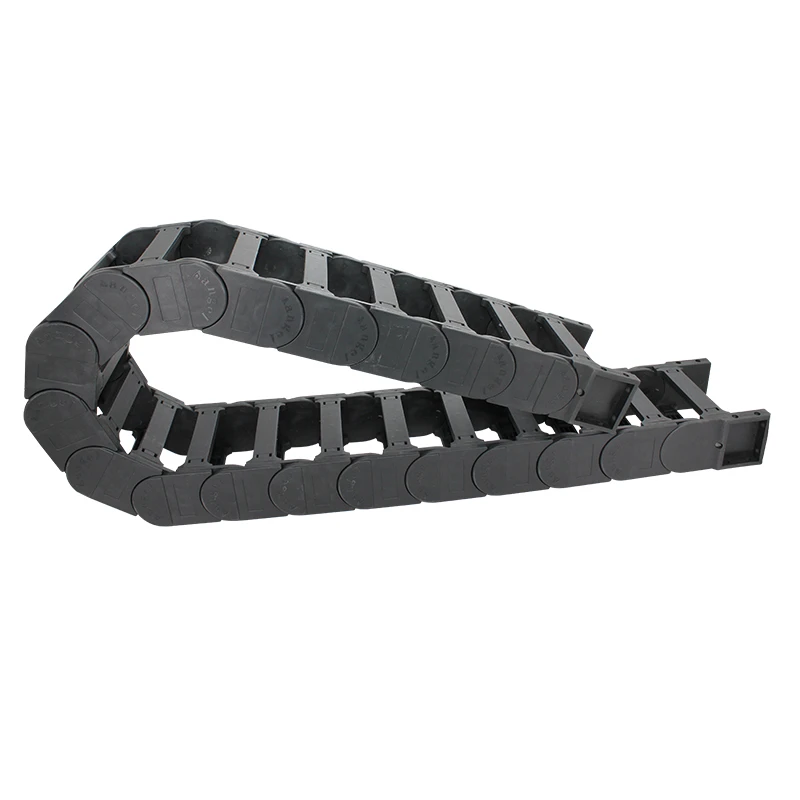Understanding Drag Chain Link Applications and Benefits in Machinery Systems
Understanding Drag Chain Links A Key Component in Cable Management
In the realm of machinery and automation, effective cable management is critical for ensuring optimal performance and safety. One of the pivotal components in this regard is the drag chain link, often referred to as cable carriers or energy chains. These specialized structures provide structured support for cables, hoses, and other forms of flexible conduits, allowing for seamless movement and operation in various industrial applications.
What Are Drag Chain Links?
Drag chain links are designed to protect and organize cables and hoses as they move repetitively. They are constructed from durable materials, such as plastic or metal, and their modular design allows for customization based on the specific needs of the machinery or environment. The purpose of these chains is to prevent tangling, excessive wear, and damage to the cables as they traverse between static and dynamic parts of machinery.
When equipment operates, particularly in dynamic environments (such as CNC machines, robotic arms, or conveyor systems), cables are subjected to frequent motion. Drag chain links mitigate this stress by providing a flexible yet secure pathway through which the cables can move. This not only prolongs the lifespan of the cables but also enhances the overall efficiency of the systems they are integrated into.
The Structure of Drag Chain Links
Drag chain links consist of interconnected links that can articulate with one another. The basic structure includes a top and bottom half, which enclose the cables and keep them protected from external elements. The links can vary in size and shape, accommodating different cable diameters and numbers of cables. Some systems even allow for split configurations, letting cables exit the chain at various points, which is particularly useful in complex machinery setups.
Additionally, many drag chains come equipped with features designed to reduce friction and wear. For example, the internal surface of the links can be lined with materials that facilitate smoother movement or include guides that ensure proper alignment.
Benefits of Using Drag Chain Links
drag chain link

1. Protection One of the primary benefits of drag chain links is the protection they offer to cables and hoses. By enclosing them, drag chains shield these conduits from mechanical damage, exposure to harsh environments, and excessive bending loads that can lead to wear and failure.
2. Organization Drag chains help keep cables neatly organized, preventing tangles and messy arrangements. This is especially important in busy industrial settings where multiple cables might be in operation. An orderly setup not only improves aesthetics but also simplifies maintenance and troubleshooting.
3. Flexibility Many drag chain systems are customizable, allowing businesses to select or design chains that best fit their machinery and workspace. This flexibility extends to the ability to adapt to various movements and operational parameters, accommodating the specific needs of different applications.
4. Enhanced Mobility By providing a clear and defined path for cables, drag chain links help reduce strain on the cables, thus enhancing their mobility and functionality. This is particularly crucial in high-speed or dynamic environments where performance is essential.
Applications of Drag Chain Links
Drag chain links are utilized in a variety of sectors, including manufacturing, automotive, and aerospace. They can be found in CNC machines, industrial robots, automated assembly lines, and packaging machinery, among other applications. Their versatility allows them to be tailored for both light-duty and heavy-duty environments, making them indispensable in modern industrial operations.
Conclusion
In conclusion, drag chain links play a vital role in cable management in various industrial settings. By providing protection, organization, flexibility, and enhanced mobility for cables and hoses, they contribute significantly to the efficiency and longevity of machinery. As industries continue to innovate and evolve, the importance of effective cable management solutions like drag chain links remains a cornerstone of operational excellence. Understanding and investing in this technology is crucial for any business looking to improve its automation systems and streamline its operations.








